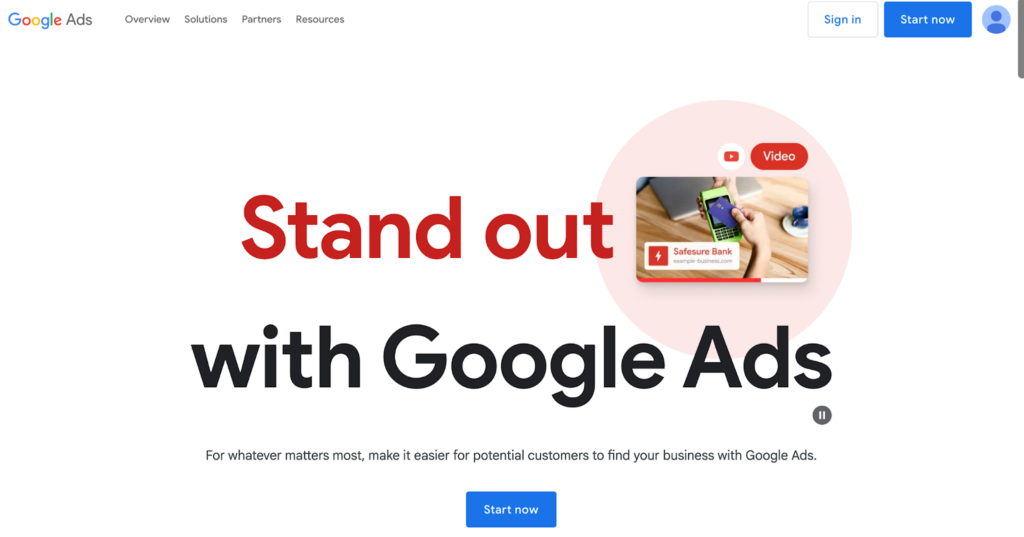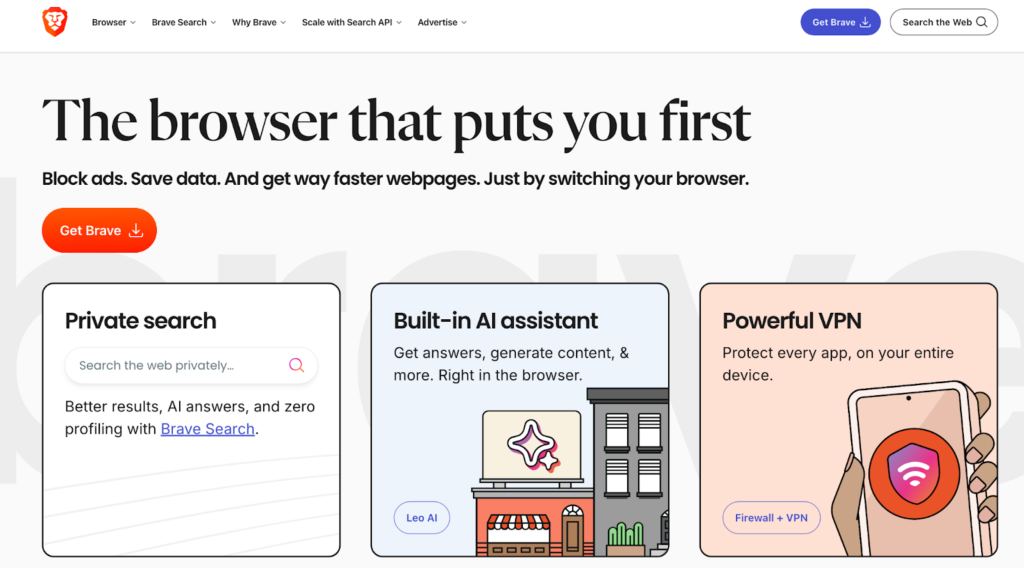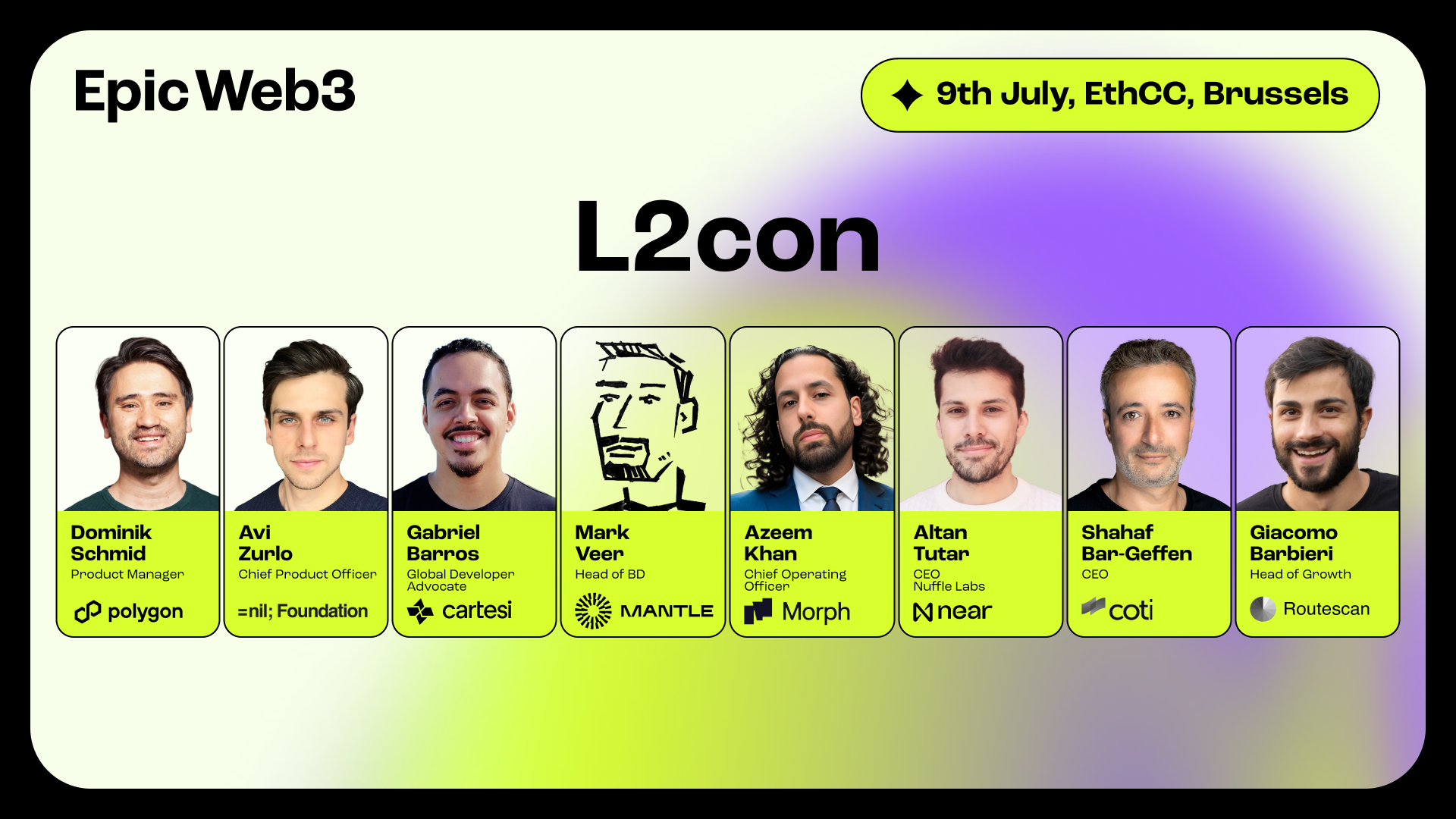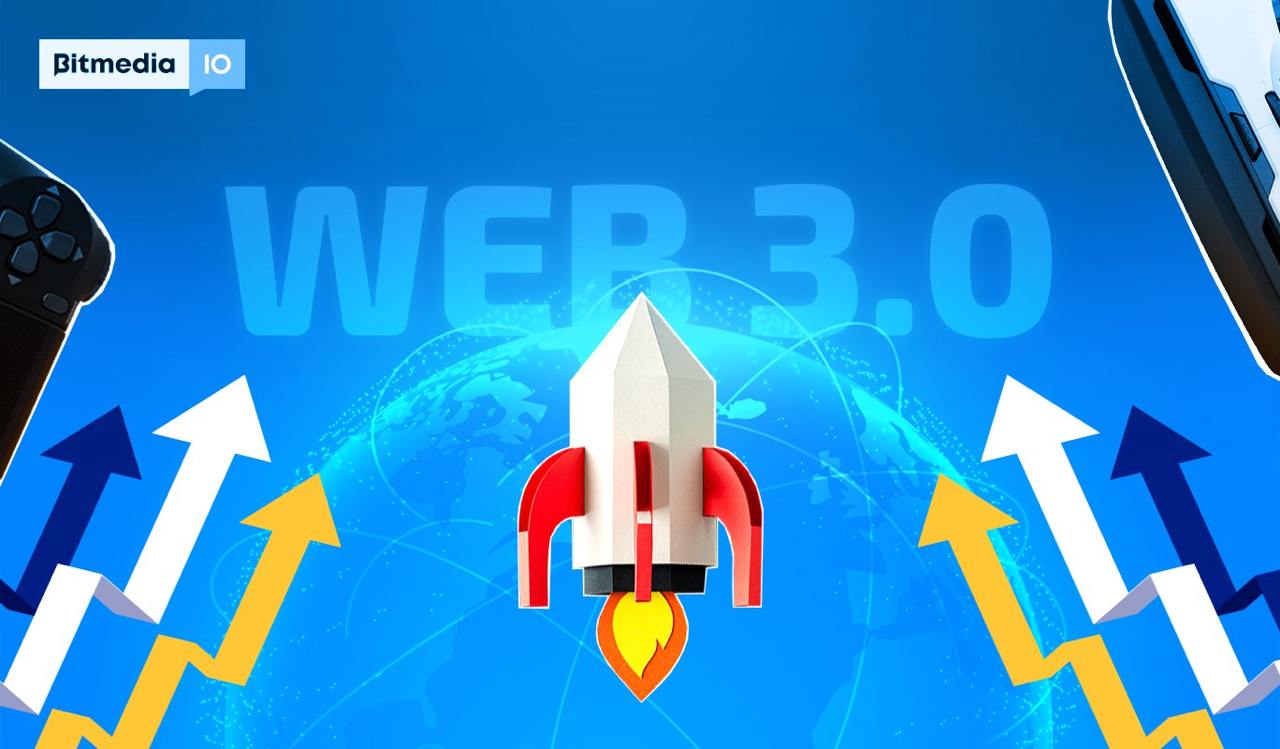Decentralized Attention: Can Web3 Advertising Beat Google and Meta?

A number of dominant platforms, most notably Google and Meta (Facebook), control the internet’s attention economy, which has been built up over the past 20 years. These platforms have mastered the art of behavioural advertising by gathering and selling user data on a large scale. But the rise of Web3, which is based on blockchain marketing and decentralised technology, pushes for a dramatic change: a user-centred ecosystem based on greater transparency for advertisers, giving users control over their personal data, and providing token-based incentives.
The primary concern for the whole digital marketing sector right now is whether Web3 advertising, which is still in its early stages and is decentralised, can really compete with the huge network effects and advanced infrastructure of today’s tech monopolies, or if it is still just a niche curiosity.
The problem with traditional digital advertising

The biggest fundamental problems with platforms like Google Ads and Meta come from how successful they are. Traditional digital advertising still delivers reach, but it has also bred inefficiencies and distrust across the value chain, affecting both marketers and the people they’re trying to reach.
Data privacy and user trust issues
The current business depends on gathering a lot of personal information about users, such as their hobbies, location, and browsing patterns, frequently without their clear, specific permission. This behaviour has made many people distrustful of businesses, as shown by the rise in the use of ad-blockers and the rise of data-privacy laws like the GDPR and CCPA. The fact that major browsers like Chrome are going to stop using third-party cookies soon makes it further clear that the existing tracking-based paradigm isn’t going to work. As Brave Software CEO Brendan Eich noted in an InfoWorld interview:
“Online advertising evolved into a surveillance system that loots users of the value from their attention, rips off publishers through high fees and non-transparency when not actively facilitating ad fraud, and enables malware distribution through ad exchanges.”
Opacity and ad fraud
Platforms like Google and Meta are like “walled gardens” that make it hard for marketers to see how their ads are being delivered and where they really are. Advertisers have to trust the platforms’ own stats, which makes it hard to check them independently. Because of this lack of transparency, ad fraud is easy to commit. This includes bot traffic, click farms, and domain spoofing, which costs the business billions of dollars each year for fake engagement. For instance, Juniper Research estimates that global losses to digital ad fraud reached $84.2 billion in 2023 and are projected to double to over $172 billion by 2028, highlighting the persistent and costly nature of this problem.
Ineffective targeting and a poor experience
Advertisers who are trying to keep their targeting effective often have to deal with a constant stream of modifications to platform algorithms. At the same time, consumers are assaulted with a lot of annoying and irrelevant adverts, which causes “ad fatigue” and makes the online experience worse overall. The problem is made worse by the fact that it’s hard to acquire an accurate picture of the genuine Return on Investment (ROI) across different centralised systems. This leaves many advertisers unclear of how to spend their money.
What Web3 advertising promises

Venture investor Chris Dixon of Andreessen Horowitz summed up the shift well:
“What I can say for sure is we don’t need ads to fund internet services — there are better ways now.”
Web3 advertising promises a big change: it will change the internet from being owned by platforms to being owned by users. This strategy, built on blockchain technology, aims to address the deeper problems of Web2 advertising, such as restoring transparency and giving users control over their own data.
User control and data compensation
User sovereignty is the main promise of digital marketing in Web3. Users can have fine-grained control over their personal data with decentralised models. Users can pick what information they share, and they are often paid, usually in bitcoin or tokens, for their attention and data inputs. This is different from data being collected for free. The Brave browser and its Basic Attention Token (BAT) are a well-known example of decentralised advertising. They pay users directly for choosing to see ads that protect their privacy.
Enhanced transparency and reduced fraud
The main feature of the blockchain is that it has a ledger that can’t be changed and is spread around. This structure makes a single, verified source of truth, so everyone in the ad supply chain can see the same information at the same time. This implies that advertisers can follow their money from the time they set their budget to the time the last user interacts with the ad in the chain. This makes it much harder for ad fraud to happen and allows for real-time verification of impressions. AdEx and MadNetwork are examples of Web3 advertising networks that use smart contracts to automate and verify transactions. Similarly, Bitmedia.io uses blockchain-based analytics and wallet-level audience segmentation to make campaigns more transparent and cut out middlemen.
Elimination of intermediaries and novel revenue models
Decentralised advertising networks want to do rid with the many middlemen: brokers, third-party trackers, and ad exchanges, who presently take a big percentage of ad spending. This peer-to-peer method lowers the costs of transactions for advertisers and raises the income shares for publishers and content creators by a large amount. Crypto advertising also brings in tokenised interaction models, such as giving users NFTs or project-specific tokens for participating. This creates a deeper, community-driven type of brand loyalty. This new method lets a Web3 advertising agency build campaigns that focus on interactive value instead of passive consumption.
Challenges in Web3 advertising adoption
Even though decentralised advertising has a lot of potential benefits, it will be hard for it to beat the Google-Meta duopoly. Web2 ad infrastructure is frictionless, scalable, and easy for everyone to understand, even though it has certain problems with efficiency.
Technical complexity and user experience (UX)
The user experience is the biggest problem right now. Most people who use the internet around the world don’t know much about Web3 basics like crypto wallets, seed phrases, gas fees, and smart contracts. Users expect a polished, smooth user experience from centralised platforms, but many decentralised advertising networks don’t have it. This steep learning curve makes it hard for people to get started, which limits the audience that a Web3 advertising platform can reach. Also, many blockchain networks have built-in scalability problems that might make real-time ad bidding inefficient or expensive because it requires a lot of small transactions.
Market and infrastructure barriers
Google and Meta have very strong network effects. They have huge user bases, a lot of first-party data, and machine-learning algorithms that have been developed over decades and function very well. Compared to now, Web3’s audience is limited and specific. The Web3 ad network is what mainstream businesses need to reach people all around the world, but they can’t get it at a reasonable price right now. Also, big Web2 platforms still block or heavily limit crypto ads, which means that Web3 projects have to use niche or organic marketing approaches. This power difference makes it very hard for things to grow and reach naturally.
Regulatory uncertainty
The rules for blockchain marketing are still unclear and not well-defined. There aren’t any clear global laws for cryptocurrencies and decentralised autonomous organisations (DAOs), which makes it hard for traditional firms to use Web3 ad networks. This lack of clarity makes brands lean towards more stable, safer Web2 platforms, which, even though they have their own problems, have a defined regulatory framework.
Bridging Web2 and Web3 marketing models
The attention economy is not going to be completely replaced right away. Instead, it will probably use a mix of old and new technologies, which are commonly called “Web 2.5.” These models mix the broad reach and easy-to-use features of Web2 with the openness and focus on community of Web3.
Practical hybrid strategies
To move beyond theoretical promises, one must analyze the practical implementation of these tools. Consider the challenge of converting traditional Web2 email subscribers into active Web3 community members, a classic “Web 2.5” problem.
Using a platform like Layer3, a “New User Onboarding Quest” can be designed. Instead of simply sending a link to a whitepaper (Web2), the campaign was structured into a three-step quest:
- Open the welcome email and click the dedicated campaign link (Off-chain action).
- Connect a crypto wallet to the Layer3 platform and complete a simple quiz about the project’s tokenomics (On-chain action).
- Automatically mint a limited-edition NFT representing the “Early Adopter” achievement (Reward).
The result was telling: the NFT reward created a tangible incentive, leading to a 40% higher wallet connection rate compared to our previous, point-based loyalty system. This practical application shows how the gamification and tokenization inherent in tools like Layer3 and QuestN can directly solve Web2 engagement problems by giving users verifiable ownership of their participation, proving the shift from passive consumption to active contribution.
A gaming company might use its existing social media channels to promote a new game but encourage users to join a Discord or Telegram community where they can earn social tokens for participation, which can then be redeemed for in-game assets.
Conclusion
Web3 ads are new and improved in many ways, like giving people more privacy, making things clearer, and cutting down on middlemen. However, they still can’t compete with Google and Meta’s domination. The Web3 ad industry is growing quickly, yet it is still only a small part of all digital expenditure around the world.
It will take time for things to change. The best thing about decentralised advertising is that it creates open ecosystems based on trust and shared value. Brands shouldn’t try to buy attention; they should earn it by giving people fair benefits and getting them to really engage with them. The future of crypto advertising rests on giving people experiences that are ethical and easy to use, and that people who care about privacy will gradually come to see as normal.


